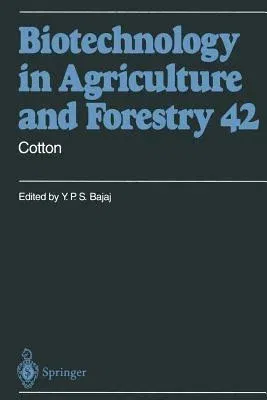Cotton (Softcover Reprint of the Original 1st 1998)Paperback - Softcover Reprint of the Original 1st 1998, 19 January 2012

Qty
1
Turbo
Ships in 2 - 3 days
In Stock
Free Delivery
Cash on Delivery
15 Days
Free Returns
Secure Checkout
Part of Series
Biotechnology in Agriculture and Forestry
Print Length
367 pages
Language
English
Publisher
Springer
Date Published
19 Jan 2012
ISBN-10
364280375X
ISBN-13
9783642803758
Description
Product Details
Book Edition:
Softcover Reprint of the Original 1st 1998
Book Format:
Paperback
Country of Origin:
NL
Date Published:
19 January 2012
Dimensions:
23.39 x
15.6 x
2.06 cm
ISBN-10:
364280375X
ISBN-13:
9783642803758
Language:
English
Location:
Berlin, Heidelberg
Pages:
367
Publisher:
Weight:
548.85 gm

